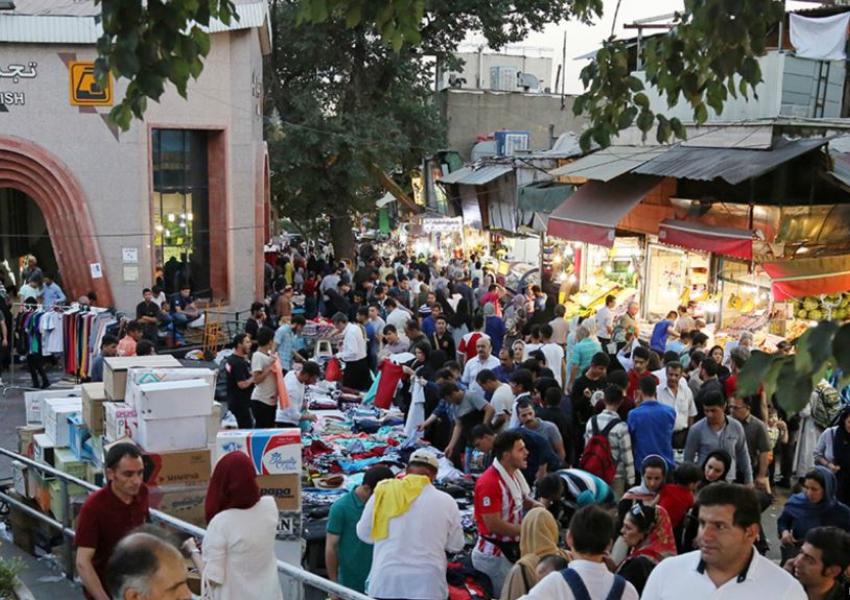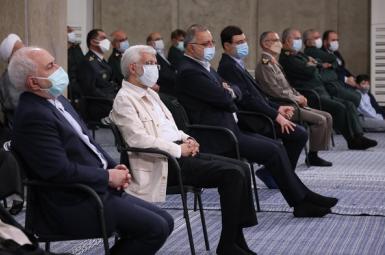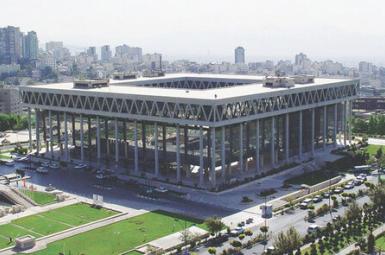
Media In Iran Reporting Daily Rise In Prices, Asking If It Is Just US Sanctions
Food prices in Iran have continued to head upward in recent weeks, with the sharpest hikes in chicken, eggs, milk, and dairy products, the semi-official news agency ISNA reported on Friday, November 27. Reza Hemmati, a shopkeeper in Shiraz told ISNA that in the past month meat had gone up 10 percent and fish increased by 15 percent.
“People’s purchasing power is declining on a daily basis,” said Hemmati, who insisted that one reason was products like chicken being exported to Arab countries across the Persian Gulf. Ali Sadeghi, another Shiraz shopkeeper, said fruit and vegetables had gone up four-fold in the past month.
Saeed Akbari, a Shiraz grocer, told ISNA that during the past month, dairy products and detergents had gone up by 40 percent, grains by 15 percent, and rice and cooking 0il by 70 percent.
Although businessmen in Shiraz accept that inflation has been fuelled by United States sanctions increasing import price, they question rises in goods that appear to have no imported components. Chicken is often cited, as while some feed like soya and maize is imported, the production is subsidized by the government.
“Currently, there is no shortage of chicken as the government distributes 100 tons of poultry meat per day in the province,” Hamid Zare, chief inspector of foodstuff prices in Fars Province, told ISNA. “But the prices are rising as poultry farms have to buy the food for the chickens at a high price.”
Zare said that 90 percent of raw materials used to make cooking oil were imported – reflecting the root cause of rising prices in difficulties importing goods due to sanctions and importers’ inability to access hard currency.
Another grocer said imported rice had gone up in price, upsetting the usual pattern of homegrown Iranian rice being twice as expensive. He blamed dealers and go-betweens for a pack of 12 diapers jumping to 510,000 rials ($20) from 210,000 in September.
Over the past week, the Iranian Labour News Agency (ILNA) has published several reports on the rising prices of bread, cookies, chicken, mushroom, fruit and vegetables. ILNA also questioned exporting foodstuffs in aid to countries such as Venezuela while the same goods were scarce in Iran.
Although most reports by the agency mention sanctions as the underlying cause of price rises, they also cite mismanagement and lack of government controls of prices.
Mehr news agency quoted clerics in Qom Seminary blaming high prices on the Rouhani administration tying Iran’s economic fate to possible talks with the United States to lift sanctions. The seminarians also criticized President Hassan Rouhani over rising housing costs.
Mehr has been covering rising prices thoroughly. It had eight stories tracking the cost of everyday items on both November 25 and November 26. In a story on November 25, Mohammad-Reza Sabbaghiyan - who represents Bafq, Yazd province, in parliament – quipped that with winter closing in, government monthly welfare payments to 30 million Iranians would buy only 20 tomatoes.



